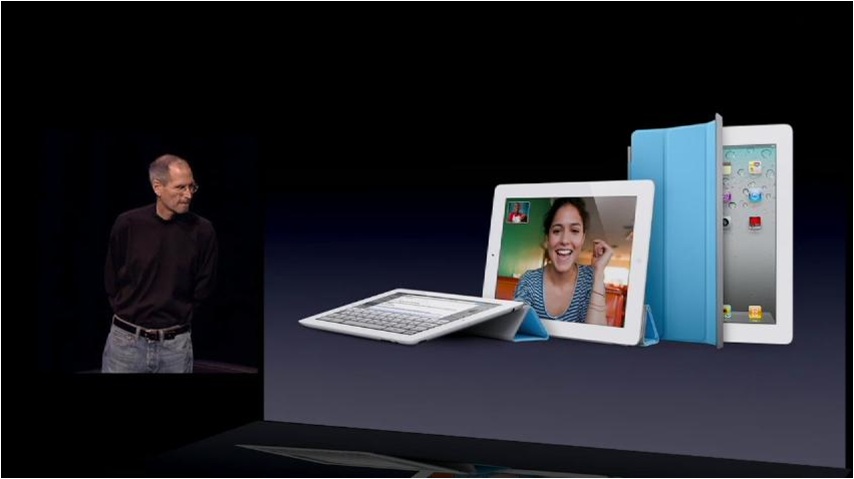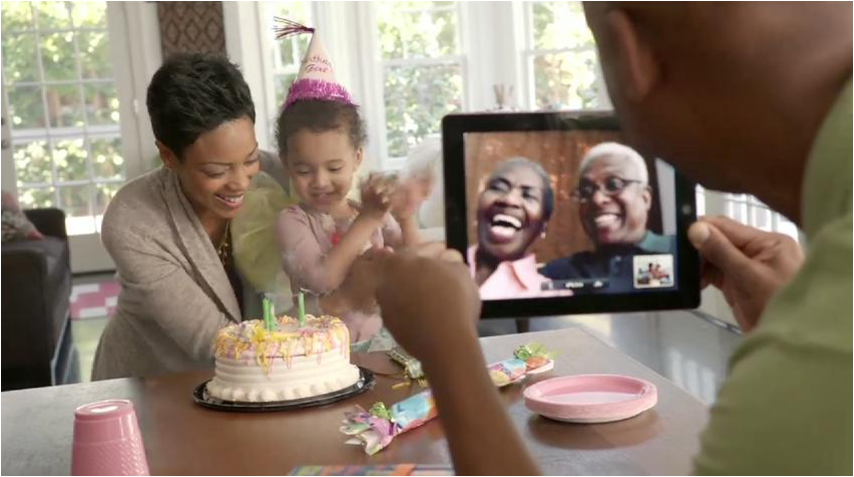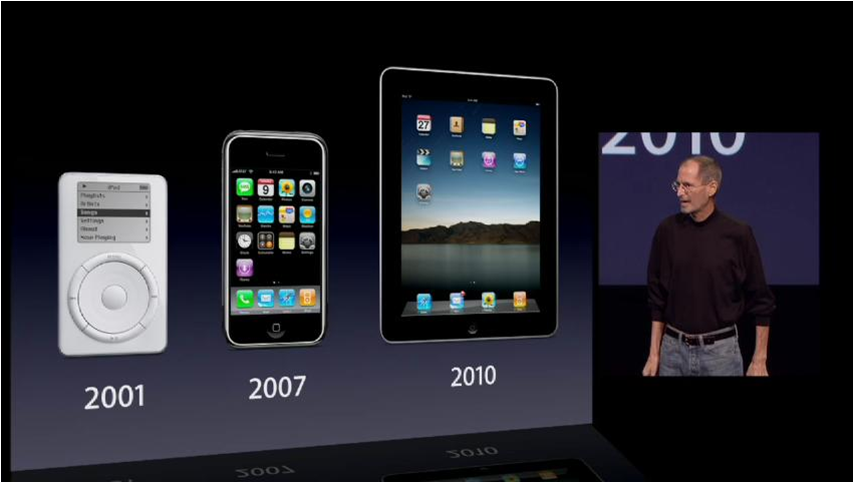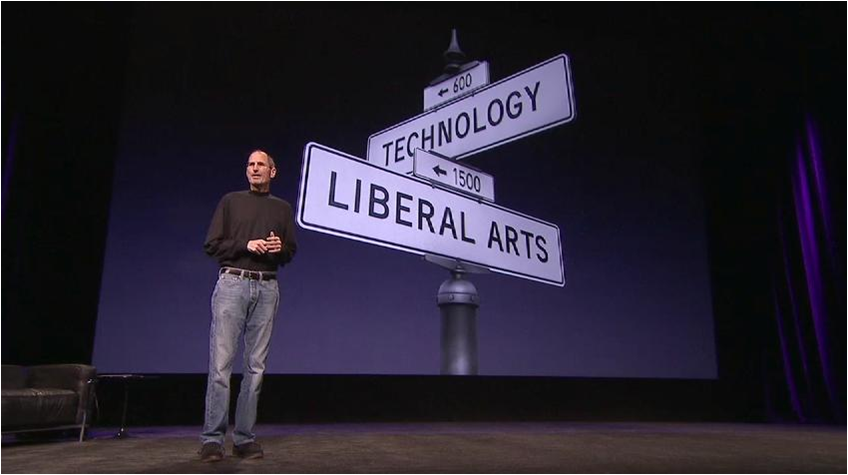Summary: Apple’s new ‘PC-killer’ tablet is intended to significantly expand the Apple ecosystem, with long-term impacts on many players including telcos, giving Apple an even stronger hold on the market. What strategies should telcos adopt?
|
This is an extract from this 14 page Telco 2.0 Analyst Note, that can be downloaded in full in PDF format by members of the Telco 2.0 Executive Briefing service and the Telco 2.0 Dealing with Disruption Stream using the links below. 'Lessons from Apple: Fostering vibrant content ecosystems' is also a key session theme at our upcoming 'New Digital Economics' Brainstorms (Palo Alto, 4-7 April, London, 11-13 May, and Singapore 22-23 June). Please use the links or email [email protected] or call +44 (0) 207 247 5003 to find out more. |
While Apple’s new tablet has some interesting developments to its content and software ecosystems, the key business model move is that by extremely aggressive market positioning on price, weight and design, it will establish a new dominant platform position for Apple in the ‘post PC era’.
How far should telcos go in supporting Apple’s latest innovation? In this article we outline:
At the heart of the iPad2 is a new dual-core processor internally developed by the Apple chip team. Apple claims the new A5 is twice as fast the A4 processor in the original iPad for normal tasks. Graphic intensive tasks are now up to nine times faster. The nullifies an advantage of other tablets which are due to come onto the market during 2011, the majority of which are based on dual processors from either Qualcomm (Snapdragon) or Nvidia (Tegra 2)
The iPad2 is also 33% thinner and 15% lighter which is a significant improvement that Apple sees as having an important impact on the overall user experience. The Telco 2.0 team agrees: the original iPad was already of a higher build quality and ergonomically feels much better than the competition. We also suspect that the iPad2 battery life of 10 hours will also be a big differentiator.
The addition of a front and rear camera not only catches up with competition but offers a brand new set of capabilities for third parties developers to build into their applications (see below).
Other notable hardware features are: the additional of a gyroscope, which is already in the iPhone and IPod touch, which gives extra location features especially to the games developer community; and a multi-mode modem, supporting both EVDO and GSM networks. The incremental cost for the dual core modem is retained at US$130, which seems high and the Telco 2.0 team feels shows Apple’s inclination to promote public WiFi over mobile operators 3G networks.
Apple showcased two new accessories – a new cover and a new cable.

The Smartcover is an intriguing piece of design which relies on magnets to align itself to the iPad and snap into place. It is a radical improvement on the cover for original iPad. The Smartcover comes in multiple colours and in polyurethane (US$39) or leather (US$79). The potential profit from this accessory is worth considering: we would be surprised if the margin is less than 100% for what is after all a piece of plastic with some magnets in.
The other accessory is a HDMI cable which allows the iPad2 to hook up to HDTV’s and play the media contained, whether music, films or TV shows. Apple claimed in the launch presentation that this was a feature requested by the educational sector to aide classroom teaching. But, it obviously has a far more wide reaching application in the hands of the mass market in the living room.
For non-wired connections to the TV, Apple has upgraded its Airplay protocol to include synching of photo’s and video via an AppleTV box. It is rumoured that Apple is currently offering licensing of the Airplay technology to TV and Audio manufacturers which obviously presents a threat to the alternative, which is DNLA technology.

Despite the extra hardware, Apple has retained the existing pricing structure – US$499 for the basic model. Apple is pursuing a very aggressive pricing strategy and obviously is planning to capture a huge share of tablet market.
In comparison, the Motorola Xoom with a similar hardware specification is priced at US$799. Even subsidized, the Xoom is priced at US$599 with a two-year, minimum 1GB data contract for US$20/month from Verizon.
This aggressive price will be a major problem for tablet competitors. It is also noticeable that contained within the Apple Q4 2010 results, the ASP for the iPhone was US$626 compared to an ASP for the iPad of US$667. Given the larger form factor of the iPad, we suspectthat Apple aretaking a lower margin on the iPad than the iPhone.

We think the iPad2 is a much better form factor for videoconferencing that the iPhone. Apple has bundled their FaceTime application with the operating system. FaceTime on the iPad2 highlights how Apple continually increases the value of their overall platform with incremental features. iPad users can now video conference with iPhone, iPod Touch and Mac users – all for free over WiFi connections. This immediately threatens not only Skype, but other social networking tools that are keen to add voice and messaging features and usage, such as Facebook and Google. More importantly for the mobile operators, FaceTime represents a clear and present danger to their voice and messaging revenues.
Before the launch event, there was a lot of speculation that Apple would be offering an upgrade to its MobileMe cloud services. The speculation was that Apple would allow synchronizing of content, whether audio, video or pictures to an Apple cloud which could then be accessed on any device – whether computer, phone or tablet. These rumours have been around since Apple acquired the LaLa team which had built a similar product for music digital lockers.
We did not expect an announcement at this point, mainly because Apple and the rest of the industry are awaiting a key legal ruling which could enable digital lockers without the need for the licences from the rights holders. This case is MP3tunes v EMI and is currently under consideration by a judge in New York and a decision is due within six months.
Michael Robertson is behind mp3tunes and has been a perennial thorn in rights holders’ paws since the days of mp3.com. He is adopting the DCMA defence, so successfully used by Google/YouTube in their case against Viacom, which is essentially that the web service is not responsible for content uploaded by a 3rd party to their service as long as they take it down when notified by copyright holders of infringement. If Michael Robertson wins, we expect a raft of digital locker services to be launched by the major internet players in the second half of 2011 which will not only be cheap, but also ruin many start-ups, such as Spotify, which have built a premium paid-for model around streaming of content on multiple devices.

The other big news related to the publishing industry and eBooks in general. Random House wasn’t originally sure about the whole Apple agency pricing agreement and that left them as the holdout at the original iPad launch among the so-called “big six” publishers (including HarperCollins, Penguin Group, Simon & Schuster, Hachette, and Macmillian), but it seems that Apple has managed to convince them to join.
The ‘agency model’, where the publisher sets the retail price of the eBook, and in Apple’s case reaps 70% of the final selling price, is still to be tested in the courts. This model is different to the typical publishing arrangement where the publisher sets a wholesale price and the retailer prices at whatever they feel with whatever margin it yields them. This has allowed retailers, such as Amazon and the Supermarkets, to aggressively price bestsellers earning money on other items in the shopping basket.
The validity of the agency model will be tested throughout 2011 with the EU and several USA states already looking into price fixing. The outcomes of which will have a fundamental effect on the way digital content is brought to market and retailed.

At the launch event Steve Jobs proudly proclaimed the birth of a new ‘Post PC era’. An era where people are not obsessed with GB and MHz of a single machine, but instead the overall customer experience across a range of devices. We would argue that Apple products have always attracted people that valued overall user experience as superior to the cheaper Wintel computer experience – even in the dark days when the Apple share of the PC market was shrinking and seemingly restricted to content creators, whether desktop publishers or audiovisual creators.
In the recent past, the iPod introduced Apple products to a whole new generation of users – with upside for its computer business. Similar waves of knock-on benefits can be seen with the introduction of the iPhone and iPad – more and more people are joining the Apple platform and there are significant benefits across the whole range of products.
Whatever consumers want, there is a range of products to suit their tastes, from the entertainment focused iPods through to the complete range of work-horse Mac products. It is also noticeable that iOS features such as the Appstore are also being added to the more industrial MacOS.
So we think the strategic message carried in Jobs’ words is that Apple wants to dominate the Post PC era, and it’s means of doing so is to continue to build out and interlink its ecosystem.

Steve Jobs most memorable quote at the launch event was "It's in Apple's DNA that technology alone is not enough, that it is technology married with liberal arts, married with the humanities that yield us the result that makes our hearts sing."
The demo of the iMovie and GarageBand iPad2 applications highlighted Apple tools for video-editing and music creation at unbelievable price points of US$5 for each. It stretches the imagination to see Samsung, Nokia, RIM, Microsoft or even Google to launch similar products. These are perfect tools for someone to experiment with. The professional content creators might need to upgrade to Mac’s and professional grade software: the Coen Brothers used Final Cut Studio is edit their latest movie, True Grit.
Apple’s strategy in the ‘Post PC era’ is an attempt to corner the market in content creation and consumption across a range of devices – again something that individual OEMS even with the software magic of Google and Microsoft will find difficult to beat.
To read the rest of the article, including...
...Members of the Telco 2.0TM Executive Briefing Subscription Service and the Telco 2.0 Dealing with Disruption Stream can download the full 14 page report in PDF format here. Non-Members, please see here for how to subscribe. Alternatively, please email [email protected] or call +44 (0) 207 247 5003 for further details. There's also more on 'Lessons from Apple: Fostering vibrant content ecosystems' at our AMERICAS, EMEA and APAC Executive Brainstorms and Best Practice Live! virtual events.